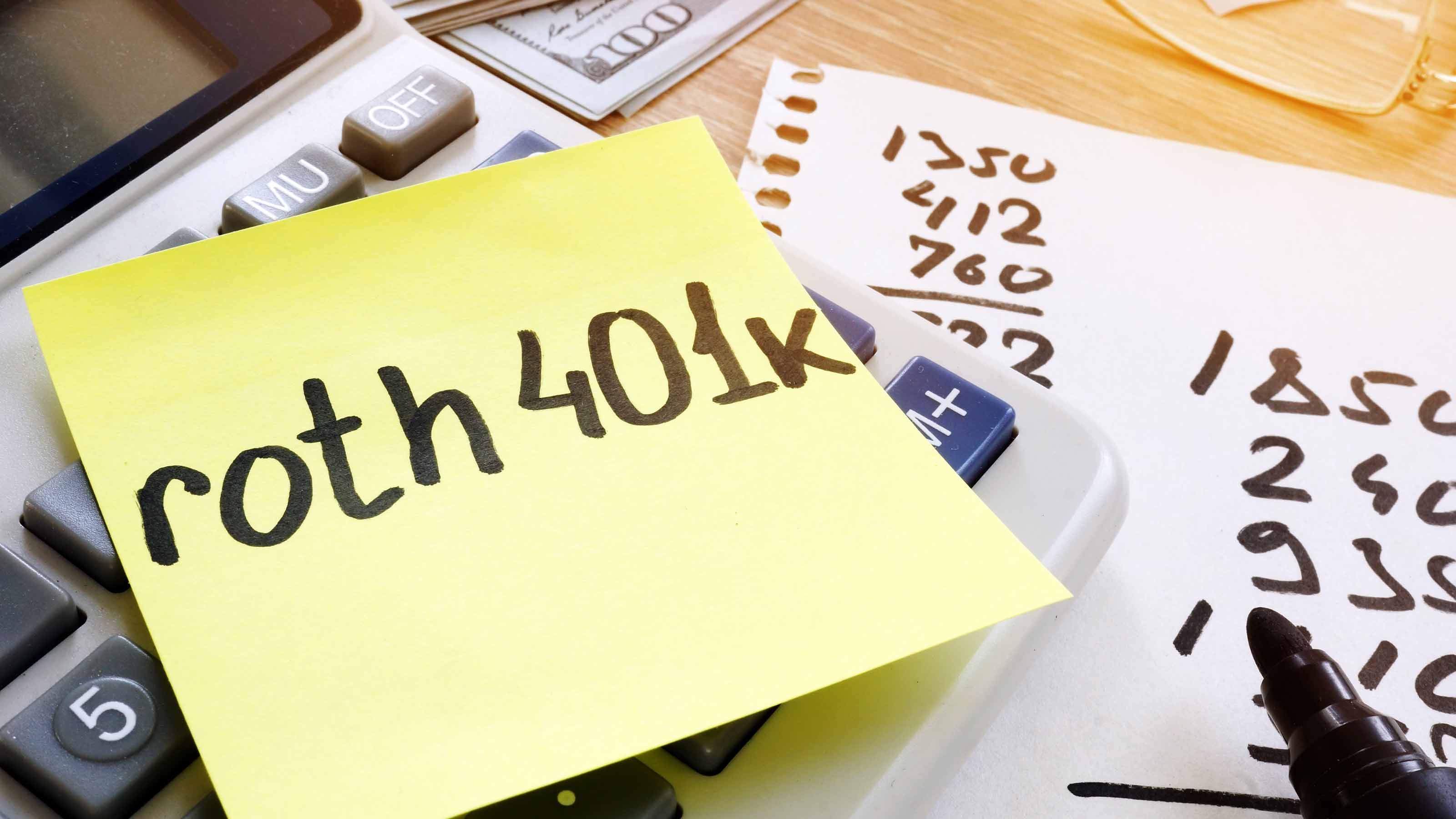How Much Can You Contribute to a 403(b) for 2020?
Teachers and nonprofit workers can contribute $500 more to their 403(b) retirement savings plan in 2020 than they could in 2019. Plus, the catch-up contribution has increased, too.


The maximum amount an employee can elect to contribute out of salary to a 403(b) retirement plan for 2020 is $19,500. If you're 50 or older, you can contribute an additional $6,500 as a "catch-up" contribution for 2020, bringing your contribution total to $26,000. (These amounts are higher than those for 2019.)
>>For more 2020 tax changes, see Tax Changes and Key Amounts for the 2020 Tax Year.<<
As with a traditional 401(k) account, money going into a 403(b) through payroll deductions hasn't yet been taxed. The contributions and earnings grow tax-free until you withdraw them—usually in retirement. You can pull money out of the account without a 10% penalty if you're at least 59 1/2 (or 55 if you've left the job). Withdrawals are subject to regular income tax.
From just $107.88 $24.99 for Kiplinger Personal Finance
Become a smarter, better informed investor. Subscribe from just $107.88 $24.99, plus get up to 4 Special Issues

Sign up for Kiplinger’s Free Newsletters
Profit and prosper with the best of expert advice on investing, taxes, retirement, personal finance and more - straight to your e-mail.
Profit and prosper with the best of expert advice - straight to your e-mail.
"It's a vehicle meant for saving for retirement and to cover pension shortfalls," says Daniel Otter, founder of 403bwise.org, an education and advocacy website about 403(b) plans.
15-Year Catch-up Contributions and Employer Contributions to 403(b)s
Employer contributions to a 403(b) made on top of employee contributions can boost retirement savings significantly. An employer can contribute up to an additional $37,500 to a worker's account in 2020, but Otter says this is a perk generally offered to employees at public colleges. Very few public K-12 school systems offer any type of 403(b) match to workers.
Some employers also permit both younger and older workers to make catch-up contributions under the so-called 15-year service rule. Under this provision, if you have 15 or more years of service at the same employer, you can contribute an additional $3,000 a year if you have not maxed out your 403(b) contributions in previous years, Otter says. For example, a 45-year old teacher with 15 years on the job could contribute as much as $22,500 in 2020 ($19,500 for the annual contribution plus the $3,000 catch-up contribution). The 15-year service catch-up contribution, however, has a $15,000 lifetime limit.
Again, most K-12 school districts simply don't offer this 15-year service rule, says Scott Dauenhauer, a certified financial planner and owner of Meridian Wealth Management.
If you need more help in determining your maximum contribution limit, check out Fidelity's 403(b) contribution calculator.
Best Investments in 403(b)s
Often, 403(b) plans are filled with high-cost annuities and other insurance products. A 2016 report by benefits consultant Aon Hewitt found that participants in 403(b) plans lost a total of nearly $10 billion annually to excessive fees.
"Most public K-12 403(b) plans are filled with products that are sold by sales agents," says Otter. "Teachers don't know who to talk to. They need to get self-educated and understand the fees."
Review your investment options to find the best insurance company or mutual fund provider within your plan to meet your needs. The website 403bcompare.com, which provides information on California 403(b) plans, lists fees, investment options and performance information for plans offered in the state's local school districts. Even if you don't work in California, the site is a valuable comparison tool because many of the investment companies listed offer similar 403(b) plans in other states.
You can also switch investments and financial firms within your plan. First, stop making contributions. Why? Because each contribution potentially has its own surrender charge, which is a fee you'll pay if you sell the investment within several years. By stopping contributions, you reduce the amount you'll pay in surrender charges. Next, take time to figure out the costs and benefits of switching investments, Otter says.
Need help? Get a list of your available investment options and post it on 403bwise.org for feedback. Current and former teachers are on the discussion boards to provide assistance. If you notice any of the big names, such as Fidelity or Vanguard, look into what they have to offer, and keep in mind any surrender charges you may have to pay. It may make more sense to place any new contributions with a new provider and wait to switch the older investment once the surrender charges are less.
Finally, talk to your plan administrator to find out when you can switch. Some plans are liberal and allow employees to switch anytime, whereas others permit changes only once or twice a year.
As an alternative to a 403(b), consider opening a Roth IRA with automatic contributions. You can contribute up to $6,000 a year to a Roth IRA, plus another $1,000 if you're 50 or older. You can withdraw your contributions at any time without penalty or taxes. You must be at least 59 1/2 and have owned the Roth for at least five years to withdraw earnings free of penalty and taxes.
Profit and prosper with the best of Kiplinger's advice on investing, taxes, retirement, personal finance and much more. Delivered daily. Enter your email in the box and click Sign Me Up.

Rivan joined Kiplinger on Leap Day 2016 as a reporter for Kiplinger's Personal Finance magazine. A Michigan native, she graduated from the University of Michigan in 2014 and from there freelanced as a local copy editor and proofreader, and served as a research assistant to a local Detroit journalist. Her work has been featured in the Ann Arbor Observer and Sage Business Researcher. She is currently assistant editor, personal finance at The Washington Post.
-
 Don't Wait Until January: Your Year-End Health Checklist to Kickstart 2026
Don't Wait Until January: Your Year-End Health Checklist to Kickstart 2026Skip the fleeting resolutions and start the new year with a proactive plan to optimize your longevity, cognitive health, and social vitality.
-
 Premium Rewards Cards: More Perks, Higher Fees
Premium Rewards Cards: More Perks, Higher FeesSome issuers are hiking the annual fee on their flagship luxury credit cards by hundreds of dollars. Are they still worth using?
-
 3 Trips to Escape the Winter Doldrums, Including An Epic Cruise
3 Trips to Escape the Winter Doldrums, Including An Epic CruiseThree winter vacation ideas to suit different types of travelers.
-
 457 Plan Contribution Limits for 2026
457 Plan Contribution Limits for 2026Retirement plans There are higher 457 plan contribution limits in 2026. That's good news for state and local government employees.
-
 Medicare Basics: 12 Things You Need to Know
Medicare Basics: 12 Things You Need to KnowMedicare There's Medicare Part A, Part B, Part D, Medigap plans, Medicare Advantage plans and so on. We sort out the confusion about signing up for Medicare — and much more.
-
 The Seven Worst Assets to Leave Your Kids or Grandkids
The Seven Worst Assets to Leave Your Kids or Grandkidsinheritance Leaving these assets to your loved ones may be more trouble than it’s worth. Here's how to avoid adding to their grief after you're gone.
-
 SEP IRA Contribution Limits for 2026
SEP IRA Contribution Limits for 2026SEP IRA A good option for small business owners, SEP IRAs allow individual annual contributions of as much as $70,000 in 2025, and up to $72,000 in 2026.
-
 Roth IRA Contribution Limits for 2026
Roth IRA Contribution Limits for 2026Roth IRAs Roth IRAs allow you to save for retirement with after-tax dollars while you're working, and then withdraw those contributions and earnings tax-free when you retire. Here's a look at 2026 limits and income-based phaseouts.
-
 SIMPLE IRA Contribution Limits for 2026
SIMPLE IRA Contribution Limits for 2026simple IRA For 2026, the SIMPLE IRA contribution limit rises to $17,000, with a $4,000 catch-up for those 50 and over, totaling $21,000.
-
 457 Contribution Limits for 2024
457 Contribution Limits for 2024retirement plans State and local government workers can contribute more to their 457 plans in 2024 than in 2023.
-
 Roth 401(k) Contribution Limits for 2026
Roth 401(k) Contribution Limits for 2026retirement plans The Roth 401(k) contribution limit for 2026 has increased, and workers who are 50 and older can save even more.